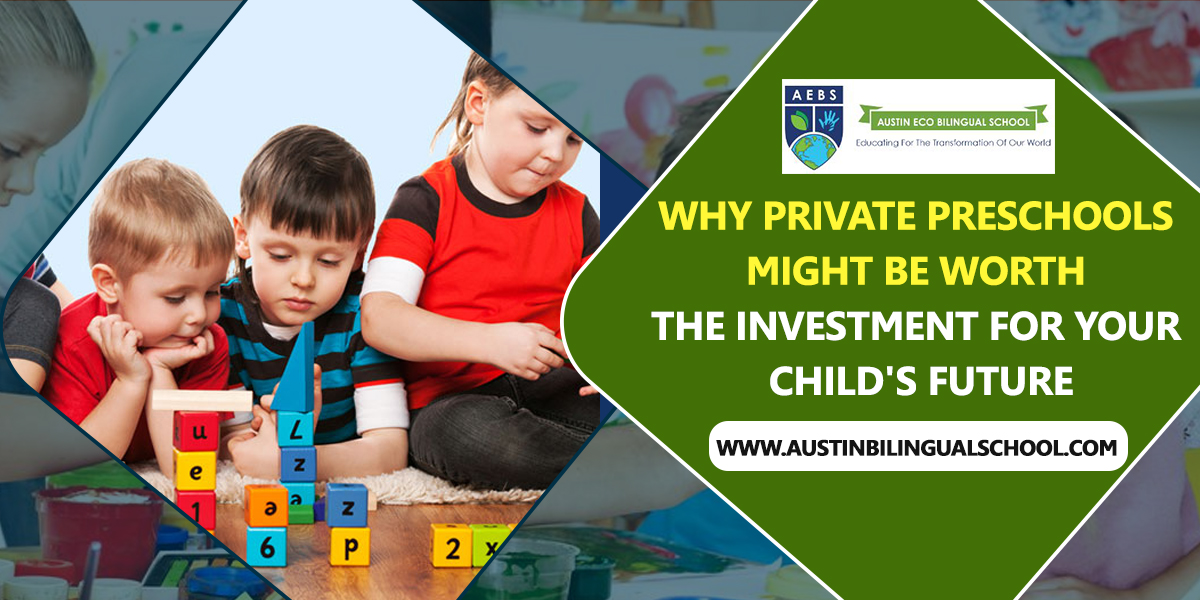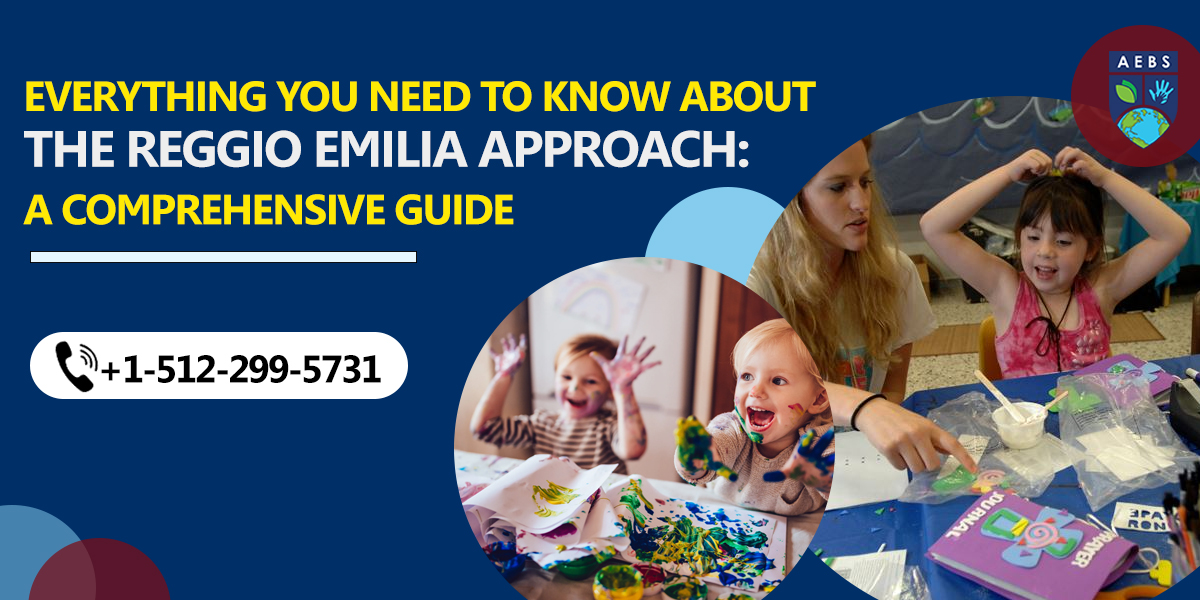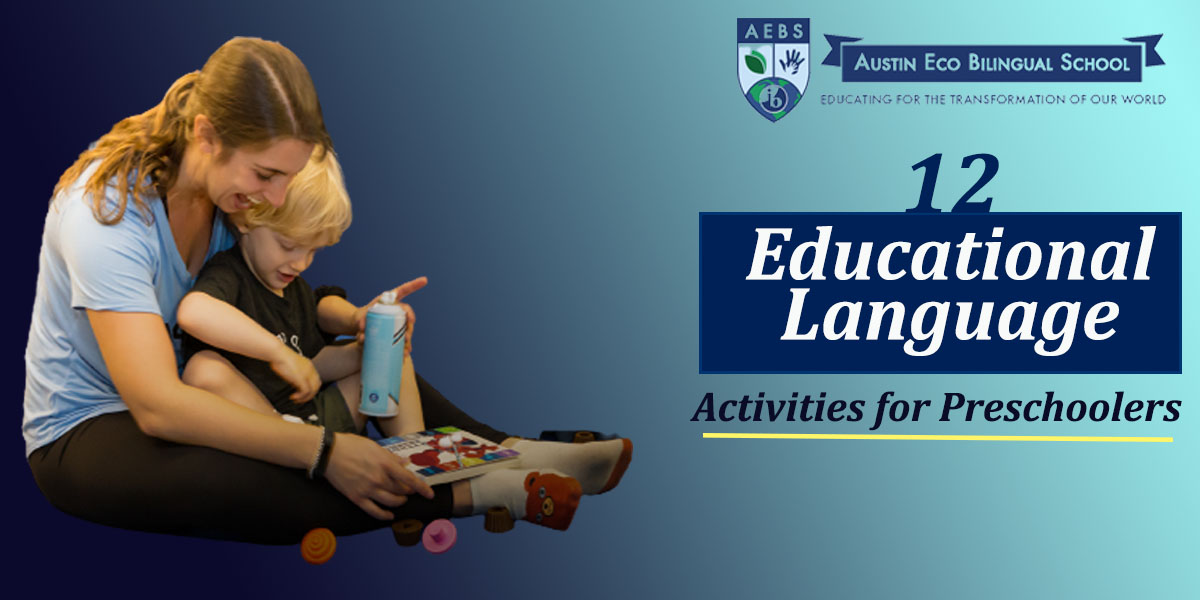
As a parent, you want the best for your child, including their education. When it comes to choosing a preschool for your little one, you might be wondering if a private preschool is worth the investment. While public schools are often a popular choice, private preschools can offer many benefits that could have a positive impact on your child’s future. In this article, we’ll take a closer look at why private preschools might be worth considering, especially in Austin, and how they can help set your child up for success.
Smaller Class Sizes and Individualized Attention
One of the main advantages of private preschools is smaller class sizes, which can offer more individualized attention for your child. With fewer students in the classroom, teachers can devote more time and attention to each child’s unique needs and interests. This personalized approach to learning can help your child develop a love of learning, foster creativity, and promote positive social skills. In addition, smaller class sizes can help ensure that your child receives the support they need to thrive academically, emotionally, and socially.
High Quality Curriculum
Private preschools often have a strong focus on early childhood education and provide a high-quality curriculum. These curriculums are designed to help children build a strong foundation of skills and knowledge that they can use as they continue their education. Private preschools often have experienced and highly qualified teachers who are trained in early childhood education and understand the unique needs of young learners. This expertise can help ensure that your child receives a solid educational foundation that will serve them well in the years to come.
Focus on Whole Child Development
Private preschools often have a holistic approach to education, focusing not only on academics but also on the development of the whole child. This means that private preschools prioritize social emotional learning, physical development, and creative expression alongside academic achievement. By fostering these essential skills and abilities in young children, private preschools can help set your child up for long-term success in all areas of their life.
Access to Specialized Programs
Many private preschools offer specialized programs that cater to specific areas of interest or unique learning needs. For example, some private preschools may offer bilingual or language immersion programs, which can help children, become fluent in multiple languages at a young age. Other private preschools may have a focus on STEM (science, technology, engineering, and math) education or the arts, providing children with opportunities to explore their passions and interests.
Also, read about The Reggio Emilia Approach to Early Years Education
In Austin, private preschools such as Austin Eco Bilingual School offer a bilingual curriculum, which exposes children to two languages at a young age, helping to improve cognitive development, increase cultural awareness, and promote global citizenship. Austin Bilingual School also provides a Reggio Emilia-inspired curriculum, which emphasizes hands-on learning and inquiry-based exploration to foster critical thinking and problem-solving skills.
Parent Involvement and Community
Private preschools often place a strong emphasis on building a sense of community and involving parents in their child’s education. This can create a more collaborative and supportive learning environment, where parents and teachers work together to support each child’s individual needs. Private preschools may also provide opportunities for parents to participate in school events and activities, which can foster a sense of belonging and connection to the school community.
Call to Action
If you’re considering a private preschool for your child in Austin, we invite you to explore Austin Eco Bilingual School. Our bilingual curriculum and Reggio Emilia inspired approach to learning can help set your child up for success in school and in life. Visit our website at www.austinbilingualschool.com to learn more and schedule a tour today.





